Analog & Digital in Sound World
Whether we use analogue or digital tools for recording, refining, or mixing sounds, it is always a controversial and debated issue. However, it is better to examine their history, disadvantages, advantages, and compare them before making judgments or choices.
History of Analogue and Digital
In the initial encounter with the history of sound recording, we come across the antiquity and background of analogue. But it may seem strange to know that digital also has a long history. The emergence of digital technology dates back to 1938, when English telecommunications engineer Alec Harley Reeves established the Pulse Code Modulation (PCM) coding system. This system was later used as a digital communication system in World War II by the Bell company in 1943. In the late twentieth and early twenty-first century, digital found a special place for itself, to the extent that it even completely replaced analogue in some studios. Therefore, when we talk about digital, our minds should not only focus on computers. Any device controlled by a processor can be called digital. There are even analogue-based devices that are controlled by a digital system.
Nowadays, even some sound engineers believe that the proper and timely use of digital and analogue technologies together, a method known as hybrid technology, can yield the best results. However, we will refer to some strengths and weaknesses of digital and analogue in order to better compare and choose between them.
One of the prominent features of the digital format is its repeatability. This means that in the digital world, any operation can be repeated exactly without any changes. This feature also creates the ability to store. For example, we can save a series of operations and repeat it whenever we want, or save the progress of a stage and continue the operation from that stage on another day. Undoubtedly, the result will be the same each time it is repeated, even after a long period of time.
This is exactly what had become a nightmare among analogue users for years. They had to complete a project and bring it to an end before they could move on. Otherwise, they had to start the project from scratch again, in which case they would never repeat the previous result.
Weaknesses and strengths of analogue and digital
One of the prominent features of digital is its repeatability. This means that in the digital world, every operation can be repeated exactly without any changes. This feature also creates the ability to store. For example, we can save a series of operations and repeat it whenever we want, or we can save up to the end of a stage and continue the operation from that stage on another day. Without a doubt, the result will be the same each time it is repeated, even after a long period of time.
This is exactly what has been a nightmare for analogue users for years. They had to complete a project and bring it to an end before they could move on. Otherwise, they would have to start the project again, in which case they would never repeat the previous result.
This is one of the subjects that analogue enthusiasts defend vehemently. The fact that the output of no two analogue devices, even of the same model and brand, or even the output of a device used twice in a row, is the same. So, infinite effects can be created without worrying about them resembling each other. Indeed, with the device heating up or aging, the character of the device may change as well. In other words, it can be said that in the analogue world, each device has its own unique and unreproducible character, and even by replacing a component in a set of components, a new character can be found, which is by no means possible in the digital world.
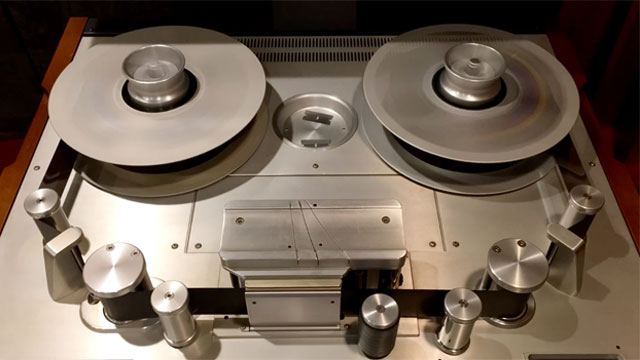
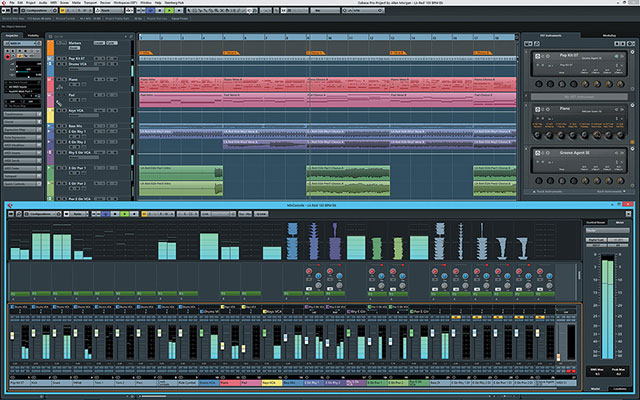
In another example, in the topic of sound synthesis or summing, one can rely on the principle that each input or output sound channel in analogue has a different power and material, and even a different time delay from one another, which is not the case in digital. In software or a DAW, there is no difference between sound channels, neither in material, nor in time, nor in power. Therefore, the issue of phase difference does not exist. As a result, repeating a sound in multiple paths practically only amplifies the sound, while in analogue, these repetitions can create a new sound colour.

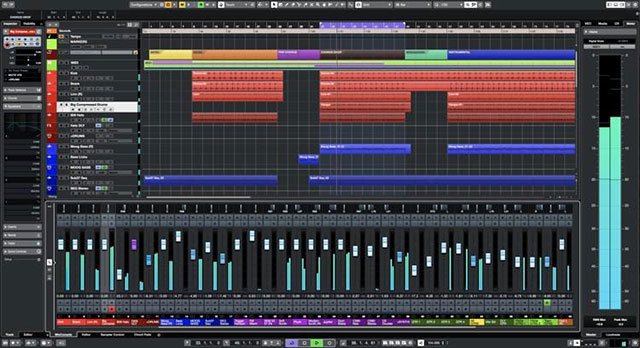
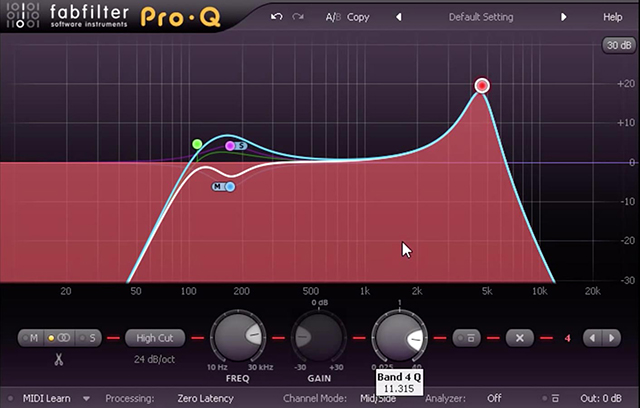
But this is not always good. Because, for example, in relation to analogue-to-digital converters or AD converters, the frequency response of translatable devices is inevitably limited and the more accurate they become, the higher their price increases. In the analogue world, on the other hand, there is no need for translation and there is generally no need for a translator or converter. Therefore, we usually witness a wider frequency response and a higher dynamic range in the analogue world. This is while approaching such quality in the digital world will be very expensive and, of course, not possible. Because, essentially, the purpose of becoming more expensive in digital is to get closer to analogue, not to improve upon it.
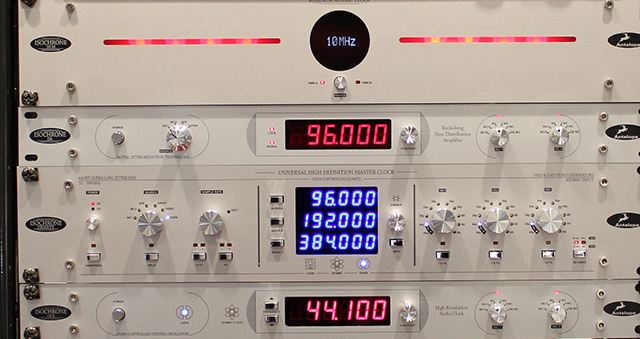
From another perspective, we can also consider the topic of analogue and digital. Smaller size, lighter weight, and less energy consumption are among the observable features of digital. While excessive heat production, disruptive noise generation, large dimensions, and heavy weights are some of the common issues that are noticeable in most analogue devices. Perhaps these factors may not be very noticeable when comparing two devices, but they can certainly create significant problems in large-scale settings such as a large studio or a television network.
Higher durability can also be added as a positive aspect of digital. The fact that a device requires less maintenance and repair, re-glazing, or calibration during its operational lifespan is a significant advantage both in terms of saving time and financially. However, someone who prefers analogue features has undoubtedly embraced these aspects.
Storage and backup preparation are also noteworthy points in digital. This is because they are not vulnerable to deterioration over time, and their quality does not change with repetition, use, or copying. But if you have dealt with analogue material, you have surely noticed that they gradually deteriorate due to moisture, heat, decay, distortion, or breakage. Even making a copy in analogue results in a decrease in quality.
Taking into account all the strengths and weaknesses of digital and analogue, today some sound engineers believe that each of these technologies is effective and useful in its own place. So they try to use the most efficient technology without bias and considering the needs of each moment in order to obtain the best possible outcome from the facilities. For example, if digital technology gives me more speed and precision in editing, then I can assign this stage of my work to digital. Or if dynamic range is important in what I do, why not assign this part to the analogue world? Hybrid has a lot to say in the world of sound these days. Hybrid has a lot to say in the world of sound these days.
